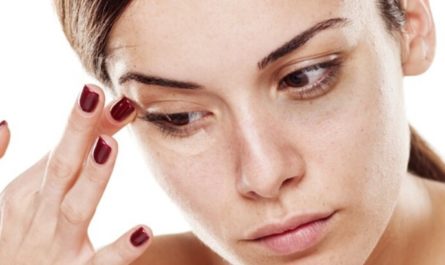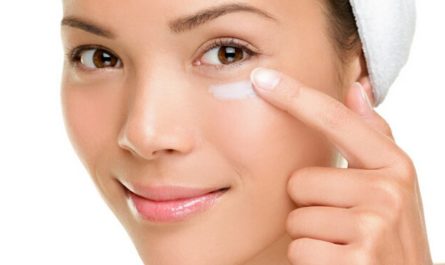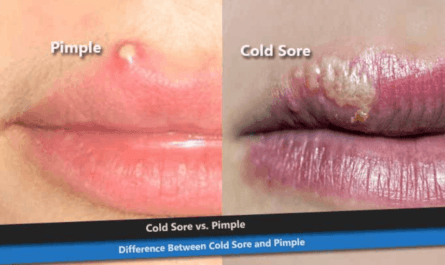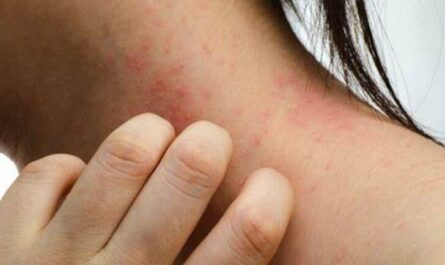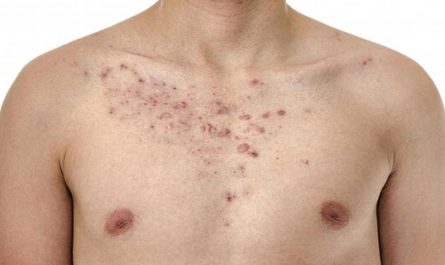Having a rash on your neck can be uncomfortable and bothersome. It can cause itchiness, and pain, and even affect your self-confidence. Understanding the causes, symptoms, and treatment options for a neck rash is essential for effective management and relief. This article will explore the various types of neck rashes, their underlying causes, and how to get rid of neck rashes.
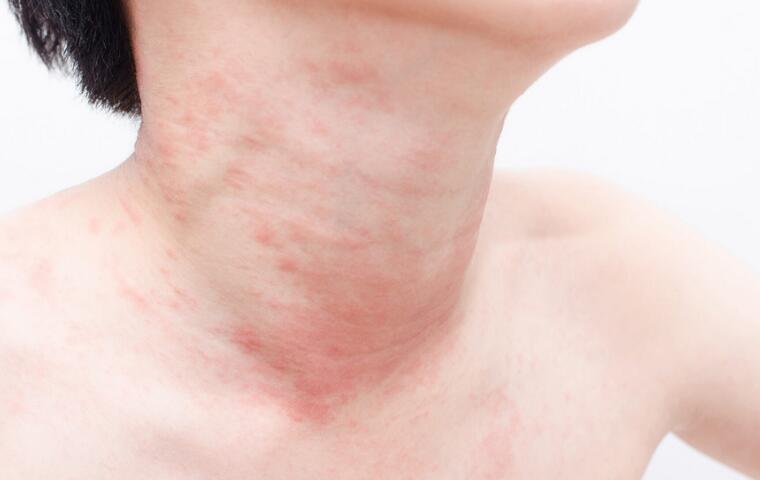
Symptoms of Rash on Neck
Recognizing the symptoms of a neck rash is essential for proper diagnosis and treatment. While each type of rash may have specific features, there are some common symptoms to be aware of.
- Itchy skin on the neck
- Redness, inflammation, or swelling
- Dry or scaly patches
- Blisters or pustules
- Pain or discomfort
- Warmth or tenderness in the affected area
If you experience any of these symptoms, it is important to consult a healthcare professional for an accurate diagnosis and appropriate treatment.
Types of Rash on Neck
Neck rashes can manifest in different forms, each with its distinct characteristics. Let’s take a closer look at the four most common types of neck rashes and their unique features.
1. Contact Dermatitis
Contact dermatitis is another type of rash that occurs when the skin comes into direct contact with an irritant or allergen.
Unlike allergic dermatitis, contact dermatitis is not caused by an immune system response but rather by a direct skin reaction.
Common irritants that can cause contact dermatitis on the neck include certain metals (like nickel), fragrances, detergents, or latex. The affected skin may become red, swollen, and itchy, and in some cases, blisters may form.
2. Allergic Dermatitis
Allergic dermatitis is a common cause of neck rashes and is often triggered by an allergic reaction to certain substances.
These substances, known as allergens, can include certain foods, medications, cosmetics, or even environmental factors such as pollen or dust mites.
When exposed to an allergen, the body’s immune system reacts by releasing inflammatory chemicals, resulting in a rash. Itchy, red, and inflamed skin are typical symptoms of allergic dermatitis.
2. Eczema
Eczema, also known as atopic dermatitis, is a chronic skin condition characterized by dry, itchy, and inflamed patches of skin. While eczema can affect various parts of the body, it commonly appears on the neck, face, and hands.
The exact cause of eczema is unknown, but it is believed to be a combination of genetic and environmental factors. People with eczema may experience periods of flare-ups and remission, with symptoms worsening during dry or cold weather.
3. Fungal Infections
Fungal infections can also lead to the development of neck rashes. These infections occur when certain types of fungi, such as Candida or dermatophytes, overgrow on the skin.
Factors that can contribute to the growth of fungi on the neck include excessive sweating, poor hygiene, and a weakened immune system.
A fungal rash on the neck often appears as red, scaly patches and may cause itching and discomfort.
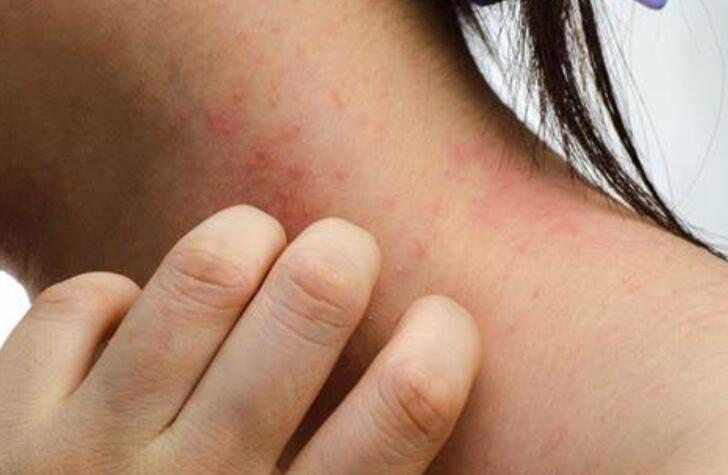
Common Causes of Neck Rashes
Understanding the underlying causes of neck rashes is crucial for effective treatment and prevention. Let’s explore the various factors that can contribute to the development of a rash on the neck.
1. Allergic Reactions
Allergies are a common trigger for neck rashes. Substances like certain fabrics, laundry detergents, or skincare products can cause an allergic reaction when they come into contact with the sensitive skin on your neck.
Identifying and avoiding these allergens is key to preventing allergic reactions and subsequent rashes.
2. Harsh Weather Conditions
Excessive heat and sweat can create the perfect breeding ground for rashes on your neck. When sweat mixes with dirt and bacteria, it can lead to irritation and rashes. In addition, extreme weather conditions, such as cold, dry winters or scorching summers, can take a toll on your skin.
Proper skincare and protection against harsh weather can prevent neck rashes. You can stay cool, wear breathable fabrics, and maintain good personal hygiene to combat this issue.
3. Friction
Constant friction from clothing or jewelry can lead to neck rashes. Tight collars, necklaces, or even backpack straps can rub against your skin, causing irritation. Choose comfortable clothing and avoid wearing tight accessories for prolonged periods.
4. Skin Infections
Bacterial or fungal infections can manifest as neck rashes. These infections thrive in warm, moist environments. If you suspect an infection, consult a healthcare professional for proper diagnosis and treatment.
5. Genetics
Some individuals may be genetically predisposed to develop certain types of rashes, such as eczema. Understanding your family history and genetic predispositions can help in managing and preventing rashes.
6. Infections
Infections caused by bacteria, fungi, viruses, or parasites can result in neck rashes. Bacterial or fungal infections may occur when the skin is compromised or broken, allowing these microorganisms to invade and cause inflammation.
7. Insect Bites
Insect bites, like those from mosquitoes or ticks, can cause itchy neck rashes. Use insect repellents and protective clothing to ward off these pesky critters.
8. Stress
High stress levels can weaken your immune system, making your skin more susceptible to irritation. Practicing stress-reduction techniques can help keep your skin healthy.
10 Best Home Remedies for Rash on Neck
1. Aloe Vera
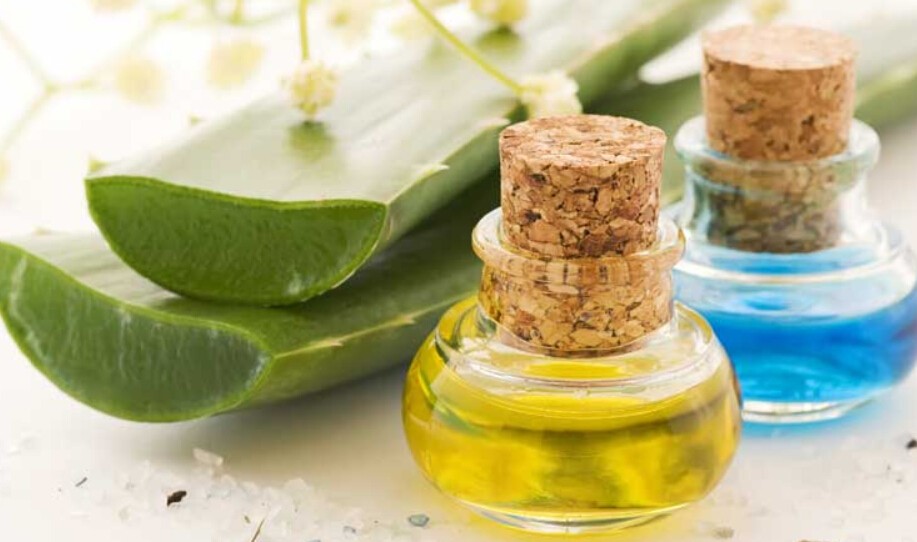
Aloe vera is a succulent plant known for its exceptional healing properties. It contains compounds that reduce inflammation, soothe irritated skin, and promote the healing of damaged tissues. Additionally, aloe vera provides hydration, keeping the skin moisturized.
- Obtain a fresh aloe vera leaf or store-bought aloe vera gel.
- Cut a small section of the leaf or squeeze out a teaspoon of gel.
- Apply the gel directly to the affected area.
- Gently massage it into the skin and leave it on for 20-30 minutes.
- Rinse it off with cool water.
- Repeat this process 2-3 times a day for best results.
2. Oatmeal
Oatmeal contains compounds with anti-inflammatory properties, making it an effective remedy for soothing itchy and irritated skin. It creates a protective barrier, preventing further irritation and promoting healing.
- Grind plain oatmeal into a fine powder.
- Mix a few tablespoons of oatmeal with enough water to create a paste.
- Apply the oatmeal paste to the affected area.
- Leave it on for 15-20 minutes.
- Gently rinse it off with lukewarm water.
- Use this remedy once daily until the rash subsides.
3. Cucumber
Cucumber contains antioxidants and anti-inflammatory compounds that can provide relief from itching and redness. It also has a cooling effect that soothes irritated skin.
- Slice a cucumber into thin rounds.
- Place the cucumber slices in the refrigerator for a few hours to chill.
- Take the chilled cucumber slices and apply them to the rash.
- Leave them on for 15-20 minutes.
- Remove the slices and rinse your neck with cold water.
- Repeat this as often as needed to alleviate discomfort.
4. Honey
Honey is known for its natural antibacterial properties, which can help prevent infection in the rash. It also acts as a humectant, locking in moisture to keep the skin hydrated and less itchy.
- Ensure you are using raw, organic honey for the best results.
- Apply a thin layer of honey to the rash.
- Leave it on for about 20 minutes.
- Rinse off with lukewarm water.
- Use this remedy 2-3 times a day until the rash heals.
5. Baking Soda
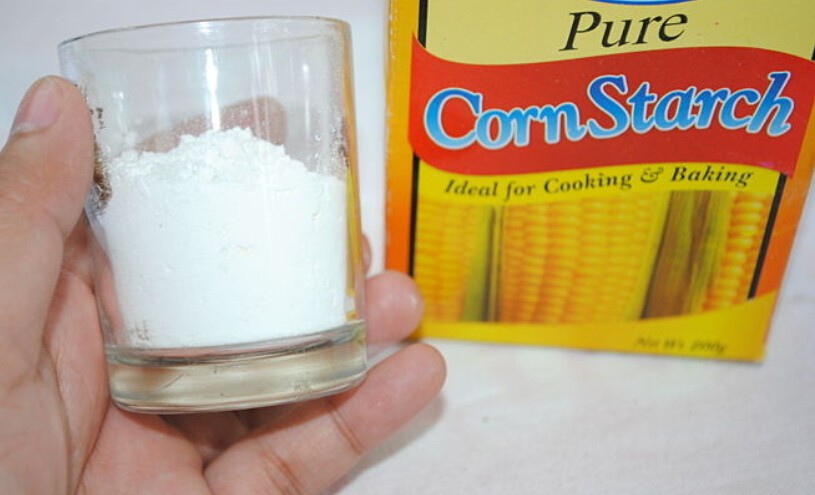
Baking soda, with its alkaline nature, can help balance the pH of the skin and reduce itching and redness associated with rashes.
- Mix 1-2 teaspoons of baking soda with enough water to form a paste.
- Apply the paste to the affected area.
- Leave it on for 10-15 minutes.
- Rinse it off with cool water.
- Use this remedy once a day until the rash disappears.
6. Coconut Oil
Coconut oil is a natural moisturizer that can hydrate dry, irritated skin. It also has anti-inflammatory properties, reducing itching and redness.
- Ensure the coconut oil is in its liquid form, or gently warm it until it melts.
- Apply a thin layer of coconut oil to the rash.
- Allow it to absorb into the skin.
- Reapply as needed, especially after bathing.
7. Calendula Cream
Calendula cream, derived from marigold flowers, is known for its anti-inflammatory properties. It can help reduce redness and irritation associated with neck rashes.
- Purchase a high-quality calendula cream from a trusted source.
- Apply a thin layer of the cream to the rash.
- Gently massage it into the skin.
- Use this remedy 2-3 times a day until the rash improves.
8. Chamomile
Chamomile has natural anti-inflammatory properties that can provide relief from itching and redness. It’s especially soothing when applied as a cool compress.
- Steep a chamomile tea bag in hot water.
- Let it cool in the refrigerator.
- Apply the cooled tea bag to the rash.
- Leave it on for 15-20 minutes.
- Repeat this remedy as needed for relief.
9. Lavender
Lavender oil is not only soothing but also has antiseptic properties. It can help prevent infection while reducing skin irritation.
- Dilute a few drops of lavender oil with a carrier oil, such as coconut or olive oil.
- Apply the mixture to the rash.
- Gently massage it into the skin.
- Leave it on and reapply as necessary.
10. Tea Tree Oil
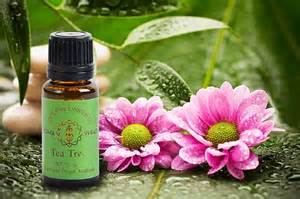
Tea tree oil is renowned for its antibacterial and antifungal properties. It can help prevent infection and reduce itching associated with rashes.
- Mix a few drops of tea tree oil with a carrier oil.
- Apply the mixture to the rash.
- Leave it on and reapply as needed.
11. Cold Compress
A cold compress can provide immediate relief from itching and inflammation. It constricts blood vessels, reducing redness and discomfort.
- Take a clean cloth and soak it in cold water.
- Wring out excess water.
- Apply the cold compress to the rash for 10-15 minutes.
- Repeat this as often as needed for relief.
12. Witch Hazel
Witch hazel is an astringent with anti-inflammatory properties. It can help reduce itching and inflammation associated with neck rashes.
- Dampen a cotton ball with witch hazel.
- Gently apply it to the rash.
- Leave it on for a few minutes.
- Repeat this 2-3 times a day until the rash improves.
How to Prevent Neck Rashes in the Future?
Preventing neck rashes involves adopting certain lifestyle habits and precautions. Here are some tips to help minimize the risk of developing a rash on your neck:
1. Keep Your Neck Clean and Dry
One of the most effective ways to prevent neck rashes is to maintain good hygiene. Ensure that you wash your neck daily with mild, hypoallergenic soap and lukewarm water. After washing, pat your neck dry gently with a clean towel. Avoid rubbing, as this can irritate the skin.
2. Choose the Right Clothing
The clothing you wear can significantly impact the health of your skin. Opt for loose-fitting clothing made from breathable fabrics like cotton. Tight collars, turtlenecks, or clothing made from synthetic materials can trap moisture and heat, leading to rashes.
3. Avoid Excessive Moisture
Excessive moisture on the neck, such as sweat, can be a trigger for rashes. During hot weather or physical activities, use a clean towel to blot away sweat from your neck. If possible, change into dry clothing to reduce moisture buildup.
4. Identify and Avoid Allergens
Some individuals may be allergic to certain fabrics, laundry detergents, or fabric softeners. Pay attention to any materials or products that seem to irritate your neck and switch to hypoallergenic alternatives.
5. Keep Your Neck Hair-Free
For those with facial hair or longer hair on the neck, shaving or trimming can help reduce friction and moisture buildup, which can contribute to rashes.
6. Use Fragrance-Free Products
Fragrances in lotions, creams, and body washes can contain allergens that may trigger rashes. Opt for fragrance-free or hypoallergenic products for your neck care routine.
7. Stay Hydrated
Proper hydration is essential for maintaining healthy skin. Drink plenty of water to keep your skin hydrated from the inside out. Well-hydrated skin is less prone to irritation and rashes.
8. Avoid Harsh Sun Exposure
Sunburn can cause not only discomfort but also rashes. Protect your neck from excessive sun exposure by wearing sunscreen or protective clothing when spending time outdoors.
9. Be Mindful of Necklaces and Jewelry
Metal necklaces and jewelry can sometimes cause skin irritation, especially if you have sensitive skin. Consider switching to hypoallergenic or nickel-free options if you experience problems.
10. Regularly Cleanse and Moisturize
Incorporate a gentle cleansing and moisturizing routine for your neck. Use a moisturizer suitable for your skin type to keep it hydrated and reduce the risk of dry, irritated skin.
When to Seek Medical Attention
You should consider seeing a doctor about neck rashes in the following situations:
- The rash persists for more than two weeks.
- The rash is spreading or worsening.
- The rash is accompanied by severe pain, fever, or other systemic symptoms.
- The rash is accompanied by difficulty breathing or swallowing.
- The rash is affecting your daily activities or quality of life.
A healthcare professional can provide a proper diagnosis and recommend appropriate treatment options.

